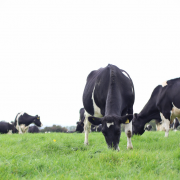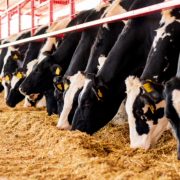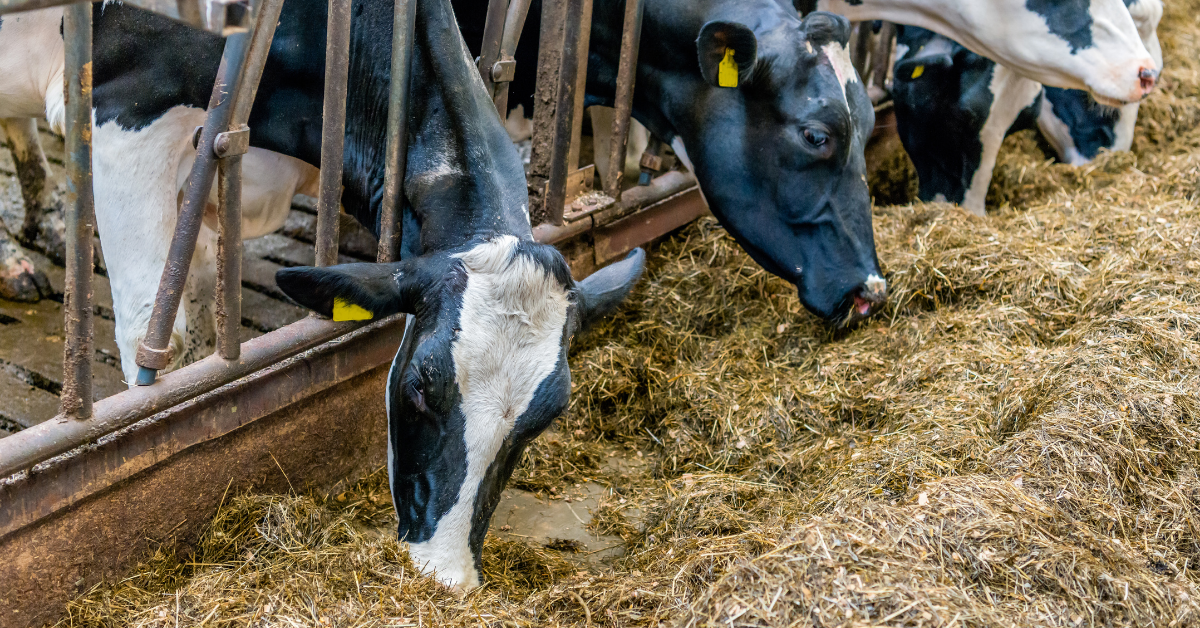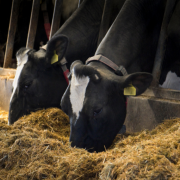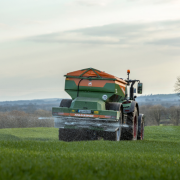Author: Jimmy Staples
Harvest 2021 will be remembered for several reasons; good weather, excellent yields and high prices. With sowing of autumn crops almost wrapped up, farmers would be forgiven for forgetting about the difficulties that they faced in the spring of this year.
Weed control was particularly challenging last season as a poor back end and a cold, wet spring left very few opportunities to spray when conditions were right. Indeed, I don’t think I spoke with a farmer this year who didn’t have at least one field where herbicide efficacy was either severely reduced or there was no control achieved.
If last spring thought us anything it is that relying solely on a spring herbicide application to control weeds is a gamble. This is further compounded by the increasing number of reports of herbicide resistance in both broad-leaved and grass weeds across the country. Worryingly, most of these weeds are being reported as having some or full resistance to the ALS family of herbicides. Examples of these are Pacifica Plus, Broadway Star, Ally, Cameo and Harmony type products which are widely used here in spring.
Autumn germinating grass weeds like blackgrass, sterile brome and Italian ryegrass can produce anywhere from 1,000 to 5,000 seeds per plant. The poor control achieved in many crops last season resulted in an increased level of seed return compared to previous years and could well make weed control for the coming year challenging.
Integrated Pest Management:
Every farm should have an Integrated Pest Management (IPM) strategy developed for their farm. This will be different for every farm as each one has its own unique circumstances and challenges. However, the fundamentals don’t change; in order to develop an IPM strategy you need to know what weeds are present on the farm and you also need to understand their biology. For instance, when do they germinate, flower and set seed?
An IPM strategy should be based around the use of cultural control options with a targeted herbicide strategy employed to achieve the highest levels of control possible. Depending on the target weed, there are a range of cultural control options available. Below are examples of these options available for autumn germinating grass weeds:
- Rotational ploughing
- Stale seedbeds
- Delayed sowing
- Spring cropping
- Use of break crops
- Increasing seeding rates
- Use of competitive cultivars
- Preventing seed return
- Rogueing
- Whole cropping
- Crop destruction
- Machine hygiene
The trick is to use as many of these options as is practically possible to both reduce the number of viable seeds in the seedbank, and more importantly, to prevent seed return. The likes of blackgrass and sterile brome seeds are short-lived in the soil and a seed decline of 70-80% per year is normal. This is especially important where resistant populations are present. Unfortunately, these challenges will not be overcome in one or even two seasons. In order to prevent populations of these grass weeds from increasing, a minimum of 95% control is needed year in year out.
Herbicide Strategy:
When considering what herbicides to use as part of your IPM strategy, there is only one place to start and that is with a pre-emergence herbicide. Pre-emergence herbicides tick many boxes.
- They have improved efficacy as you are controlling weeds when they are very small.
- Weather conditions around sowing time are generally quite favourable for spraying. You have longer days and soils are more trafficable compared to late October and into November.
- Pre-emergence herbicides are an important part of your resistant management strategy as you are varying the chemistry and controlling weeds when they are at their most vulnerable.
Weed screen trials conducted last year by Teagasc in Oak Park found that the best weed control was achieved where pre-emergence herbicides were used in the program. Where autumn germinating grass weeds are a concern, using flufenacet based products (Firebird, Firebird Met, Naceto, Reliance etc.) will give you the best control. As with all plant protection products, ensure you are using the right rate for the target weed.
The use of a pre-emergence herbicide is particularly important in winter barley situations as you have no spring herbicide options available for controlling these weeds. Where you have winter wheat, using a pre-emergence product will take the pressure off the spring herbicide. Weeds that emerge after the use of a pre-emergence herbicide tend to be smaller coming into the spring and should be easier to control.
Further Information:
To view more articles from our Autumn/Winter Newsletter, please click here.
Get In Touch
For the most up to date information on our products and services, please click here or follow us on Facebook and Twitter.

